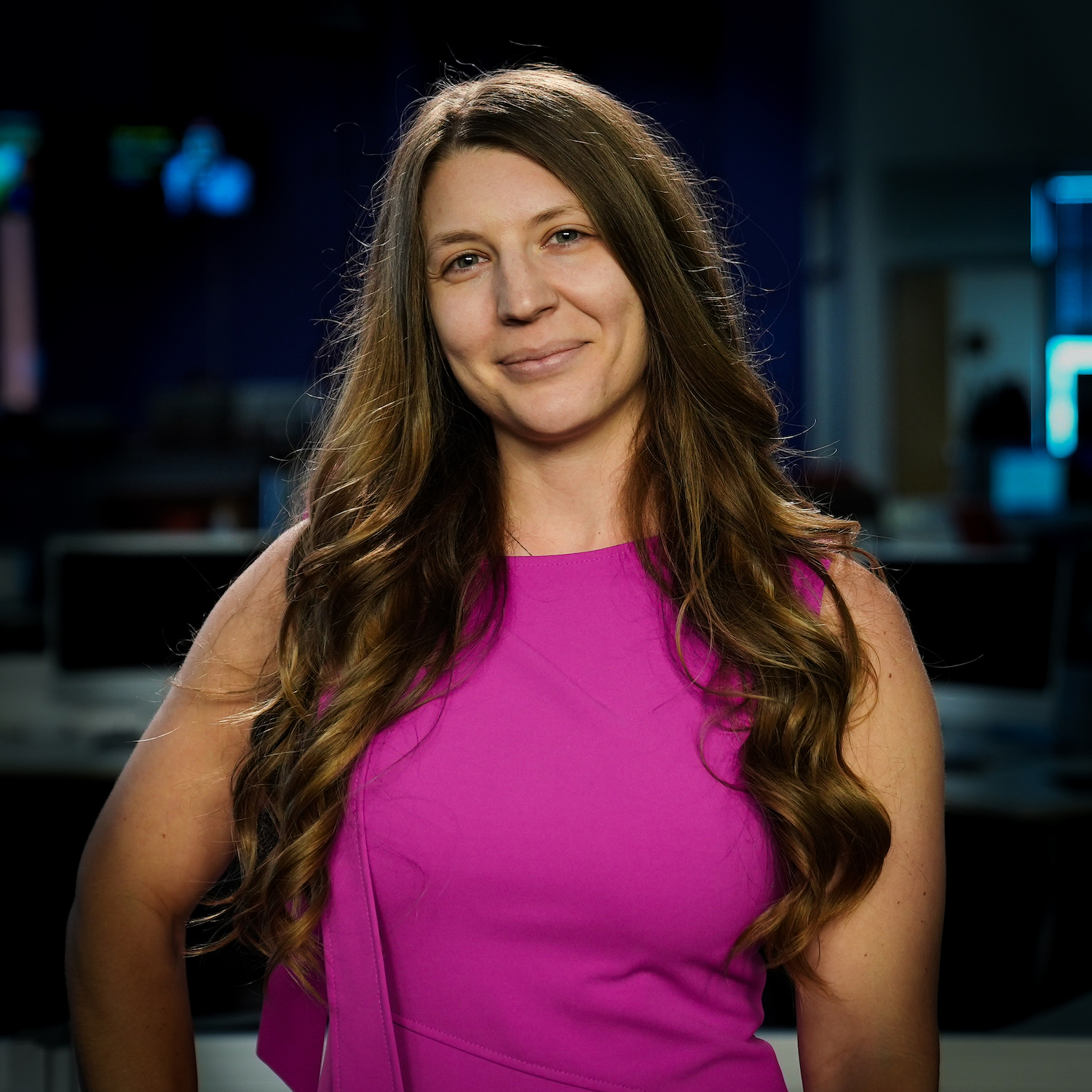When Taylor Swift released her latest album The Tortured Poets Department, the album shattered vinyl record sales when over 800,000 physical copies were sold in the first week. Considering that only a few years ago vinyl records were considered a thing of the past, let’s look at how vinyl records came to be and how they are making a strong comeback with young consumers.
The invention of vinyl records
Vinyl records can also be referred to as phonograph records because that is what they are played on – phonographs. The phonograph was invented by Thomas Edison in 1877 and was an evolution of his work on the telegraph and telephone. His machine used a tin cylinder with a needle that used sound vibrations to etch the tin with grooves that when played back would replicate the sound. When Edison first began marketing the device, one of the many possible future uses of the phonograph he offered was the “reproduction of music.” That was just the beginning.
A decade later, Emile Berliner patented the gramophone which adapted the basic principles of Edison’s technology while making improvements to the sound quality and efficiency. Instead of cylinders, the gramophone used discs made of tough shellac that gave them a longer lifespan to be replayed over and over.
It wasn’t until the mid-1900s that vinyl records – aptly named because they are made out of polyvinyl chloride, a type of plastic created in the early 1900s – were popularized. Up until this point, records were made of shellac, ran at a 78 rpm speed, and referred to as “78s.” However, they could only play about 5 minutes per side and would shatter into pieces when dropped. Not ideal for music lovers.
In 1948, Peter Goldmark, backed by Columbia Records, introduced the first 12-inch vinyl record with a, now standard, 33 ⅓ rpm speed. The company trademarked the term “LP,” short for “long-play” because these new records allowed 21 minutes of playtime per side, meaning consumers could listen to a full-length album at home for the very first time. This forever changed the music industry.
Record Store Day
Although it took many years and many inventors to get the vinyl records we are familiar with today, vinyl records were the primary medium for music production throughout the majority of the 20th century – maintaining over a 50% share of the market until the mid-1980s when cassettes and CDs quickly gained traction among music enthusiasts. Vinyl record sales dwindled quickly and remained only a sliver of the market until 2008 when sales suddenly jumped 89% thanks in part to the launch of Record Store Day.
With nearly 1400 independent record stores in the U.S. at the time, Record Store Day was created to promote these small independent shop owners and the main product they sold – vinyl records. During the first Record Store Day in 2008, a small list of titles by different artists were released directly to independent shops and Metallica spent hours at a record store in San Francisco meeting fans. Since then, many artists have jumped onto the holiday. Some artists set up performances, signings, or meet-and-greets at independent record stores, while others release limited edition records to them.
In addition to Record Store Day, some other factors that may have contributed to the resurgence of vinyl records are nostalgia, the pandemic, collectibility, aesthetics, sound quality, and digital burnout. According to an opinion piece in The Guardian, the resurgence of vinyl is part of a wider trend where consumers are interested in feeling objects in their hands when so much of our lives has become digital.
With a sudden increase in demand, it is inevitable that there will be hiccups for businesses as record shops, manufacturers, and artists attempt to respond and predict what happens next. Stay tuned for more on that next week.






